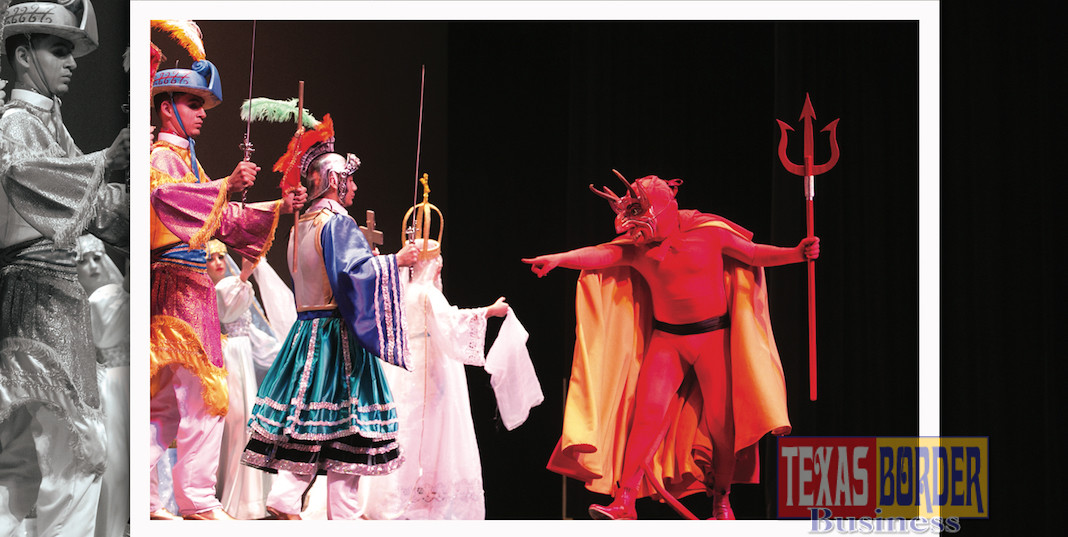
Texas Border Business
McAllen, TX – STC’s Center for Mexican American Studies (CMAS) presented its 5th annual Tradicones Ballet Folklórico performance at McAllen’s Performing Arts Center this past Jan. 28.
More than 40 performers participated in Tradiciones 2017, which includes musicians, students from STC, UTRGV, dual enrollment, community members, and dance teachers from various high schools and middle schools.
The performance is organized by the Center for Mexican American Studies at STC. The mission of the center is to help students engage in cultural activities on campus, which in turn has been proven to improve their studies at the college.
“Tradiciones is our student dancers’ way of sharing their talents and what they learned throughout the academic year with our community and student body,” said Victor Gomez, Assistant Professor of history at South Texas College.
“As generations pass, we lose those simple things that we often take for granted. These include community events and celebrations that we used to celebrate with our families as kids. As a dance company, we are trying to keep this alive and show how these are still beautiful traditions that our culture embraces and should embrace.”
The performance included dances from various regions of México including Veracruz, Puebla, San Luis Potosi, and Nuevo Leon. For the first time ever, STC featured a theatrical dance entitled La Obra de Yanga: Fases de la Esclavitud a Liberación, which centers on the African slave trade present in México during the early period of the Spanish colonial regime.
Norteño legend, Lalo Mora, original singer of Los Invasores de Nuevo Leon also performed at the event. “In the Norteño music circles, or Mexican music in general, Lalo Mora is a legend. He’s a well-known and respected singer-songwriter, and he’s performing with us,” Gomez said. “It’s a huge honor to have him with us at our concert. In fact, we are the first performing group, either in Mexico or the United States to welcome him to this sort of performance where we will use his music.
“Already, this is creating a lot of buzz within our community. It’s a very unique opportunity to say the least,” Gomez said.
Ballet Folklórico is comprised of Mexican traditional dances. The dances derive from the various cultures in México including those from indigenous tribes and communities.
“These dances are a part of customs passed along from generation to generation in communities across México. However, with globalization, these dances are dying off,” Gomez said. “The researchers we support seek to rescue and recover these traditions by documenting the dancing, costuming and the music. The way they do this is they learn from the communities where these dances belong, and teach them to performing groups.” TBB














